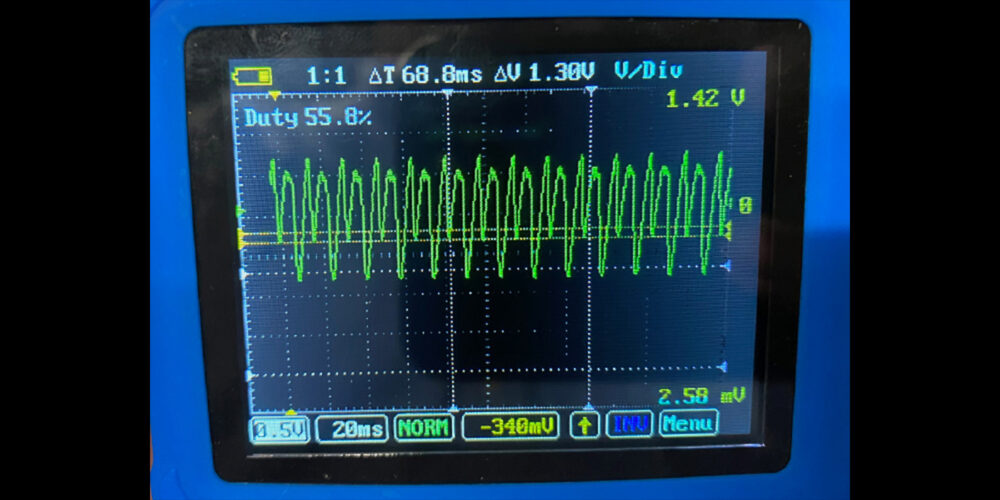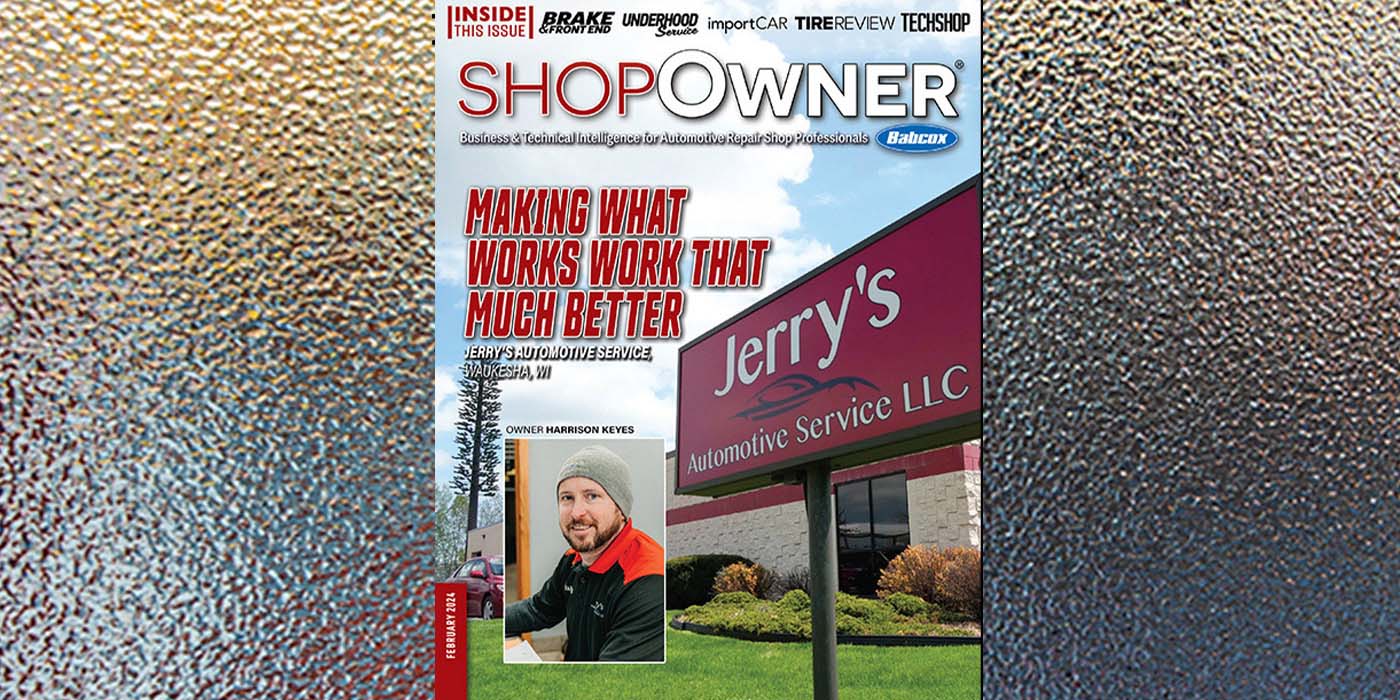I’ve been a shop owner and coach for 34 years. I was around for the days of handwritten ROs, and I’ve witnessed the shift to today’s cloud-based systems. I’ve experienced the pain of selecting a new system only to regret the decision and the setbacks it caused. While we won’t discuss any specific management systems here, I will lay out some things to think about as you look to improve your shop’s operations.
A shop management system is simply a tool for you to be productive, efficient and profitable. If your current system fits that bill, then wisely consider the decision to change.
A Coach’s Perspective
“What’s the best shop management software?”
John Wafler, a leading industry coach, says he gets that question “all the time.”
“My answer is always the same: ‘It’s the one you have right now!’” Wafler explains. “Typically, the change from one system to another costs twice as much and takes twice as long as you anticipated.”
Wafler is right. Like the smartphone that we have in our pocket, purse or belt, we don’t use the bulk of its capabilities. So ask yourself: Is it the same with my management system? Have I taken all the training and maximized its abilities?
A Shop Owner’s Perspective
“Make a list of your ‘gotta haves,’” says AJ Nealey of Nealey Auto Service in Edgewater, Maryland.
Nealey is in the middle of searching for his next system. He started out years ago using Excel, but over the last five years, Nealey has been using a desktop-based, multi-user, dedicated shop management system. He is in the initial stages of his search.
“I want any new system that I bring in to improve on what I currently have,” Nealey explains. “If it doesn’t, then there’s no need to change.”
He adds: “I can’t rush this. I will need to find a piece of software that checks off all the boxes. I also plan on going to AAPEX this fall to interact with a few systems before I make my decision.”
Some Criteria
What should you look for in a new shop management system?
Here are a few suggestions:
• It should be cloud-based. A cloud-based system will allow you to access your shop from anywhere, create estimates, view history and review work in progress at any time. If you have a multi-shop operation, then visibility of customer history is readily available from any location.

• The system needs to be intuitive and fast. Remember, you’re not the only one using the software.
• Will the new system integrate with all of your current catalogs, labor guides and third party add-ons, such as lube-sticker printer, digital-inspection software or KPI software?
• Is it easily scalable? Can you add new users and locations with ease?
• Is there good training up front and is tech support available during your operating hours? (This is one of the most important criteria.)
• Can your existing customer data be imported easily?
• Will the system provide you with an easy-to-read set of KPIs? Will it integrate with a KPI system that you’re currently using, such as the SOC scorecard?
• Will it integrate with your accounting software?
• Does it have a workflow system or allow third-party integration?
Final Thoughts
If you decide to make the change, don’t take the salesman’s word that the system you’re leaning toward is everything you need. They don’t operate a shop like you do. Go visit a shop that has the system in operation and have the advisors who’ve been using it show you what it can do. Ask them how steep the learning curve was. Then spend some time with the shop owner to see what the reporting side is like. You might ask him or her, “If you had to do it all over again, would you have made the same decision?”














